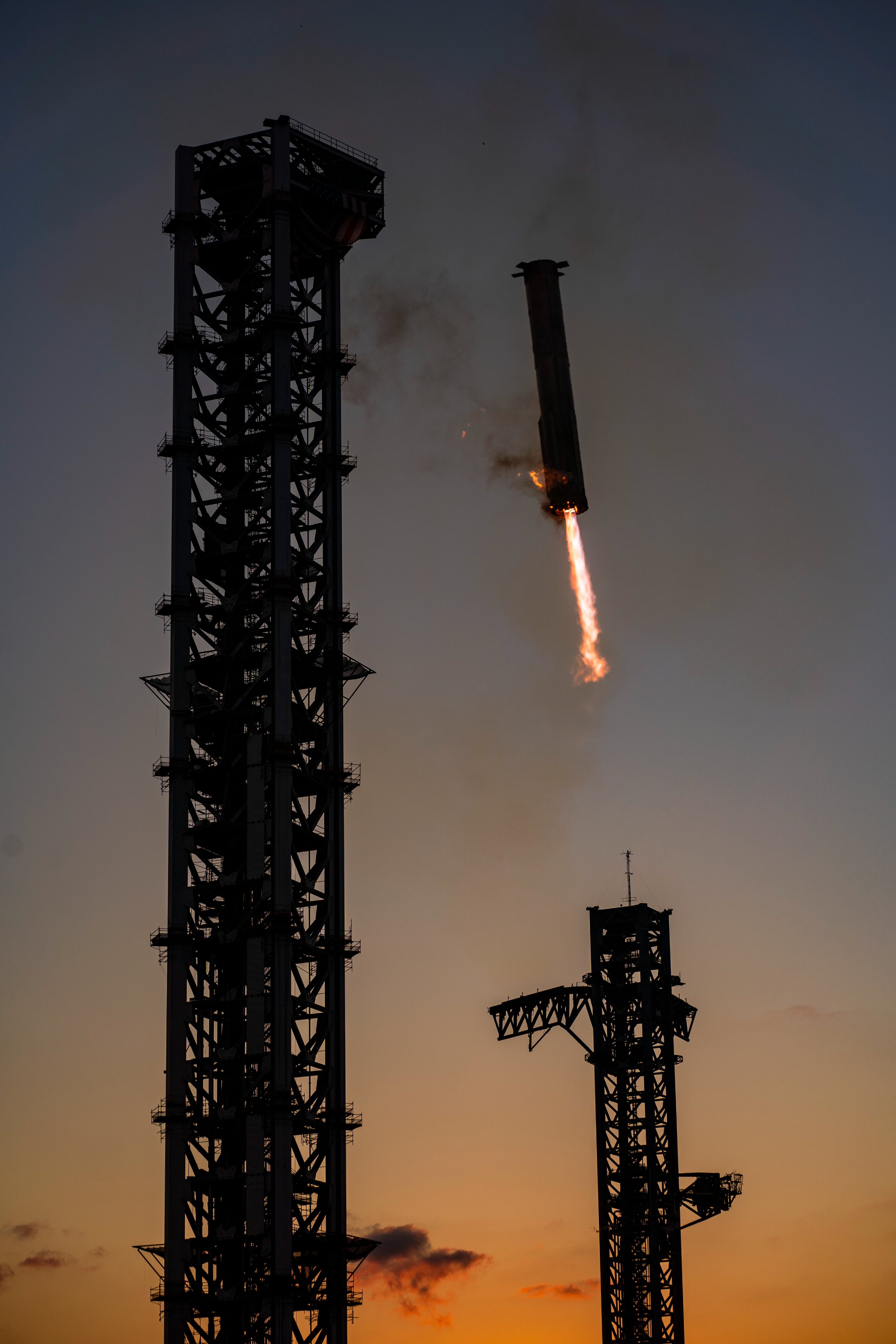Why Does SpaceX's Starship Perform the Belly Flop Maneuver at an Angle of Nearly 90 Degrees? Is It True That This Saves Up to 99% of Fuel Compared to a Powered Landing? ????

Hey there, space enthusiasts! 🌌 Have you heard about SpaceX's ambitious Starship and its unique landing technique known as the belly flop maneuver? This unconventional approach, performed at an astonishing angle of nearly 90 degrees, not only looks spectacular but also serves some very practical purposes. Buckle up as we dive deep into why this maneuver is a game-changer for fuel efficiency, potentially saving up to 99% of fuel compared to traditional powered landings! 🚀
At first glance, the belly flop maneuver may seem counterintuitive. Shouldn't a spacecraft land like a plane—smooth and streamlined? Well, that's where the beauty of physics comes into play! By entering the atmosphere at a near-vertical angle, Starship dramatically increases its surface area exposure. This allows it to utilize aerodynamic drag to slow down significantly, much like a skydiver spreading their arms and legs to create drag. 📉
Understanding the dynamics at play, let's consider the numbers. Typical powered landings require constant thrust all the way down to touchdown, consuming vast amounts of fuel. In contrast, when Starship belly flops through the atmosphere, it achieves substantial speed reduction primarily through drag, which diminishes the need for propulsion. This maneuver allows the spacecraft to drop from high altitudes—over 30,000 feet (about 10,000 meters)—using aerodynamics instead of relying solely on rocket power. 🌬️
Research indicates that during these descent maneuvers, the drag alone can reduce the speed from a blazing 2,500 km/h (about 1,553 mph) to manageable levels. By cleverly banking sideways, Starship can manage its descent angle and trajectory, ensuring a controlled landing while minimizing fuel consumption. In fact, estimates suggest that this approach can save up to 99% of the fuel required for a traditional powered landing! 💸 That’s a monumental saving, especially when we consider that fuel costs can significantly impact mission budgets.
Moreover, this maneuver is not only fuel-efficient but also enhances safety and reliability. By relying on atmospheric drag, the spacecraft effectively lowers the risk of engine failure during the descent. Should an anomaly occur with the engines, Starship can still maintain a proper trajectory and position itself for a safe landing without needing to rely exclusively on powered flight. This backup plan makes the entire landing process more robust—an exciting prospect for future space missions! 🌟
In summary, SpaceX's Starship belly flop maneuver represents a revolutionary step forward in spacecraft design and landing techniques. With its near-vertical descent angle, the spacecraft cleverly uses aerodynamic drag to increase fuel efficiency to unprecedented levels while enhancing safety. As we look forward to future missions to the Moon and Mars, it’s invigorating to see how these innovations will redefine space travel!
Until next time, keep reaching for the stars! 🚀 #SpaceX #Starship #AerospaceInnovation
Image credit: SpaceX